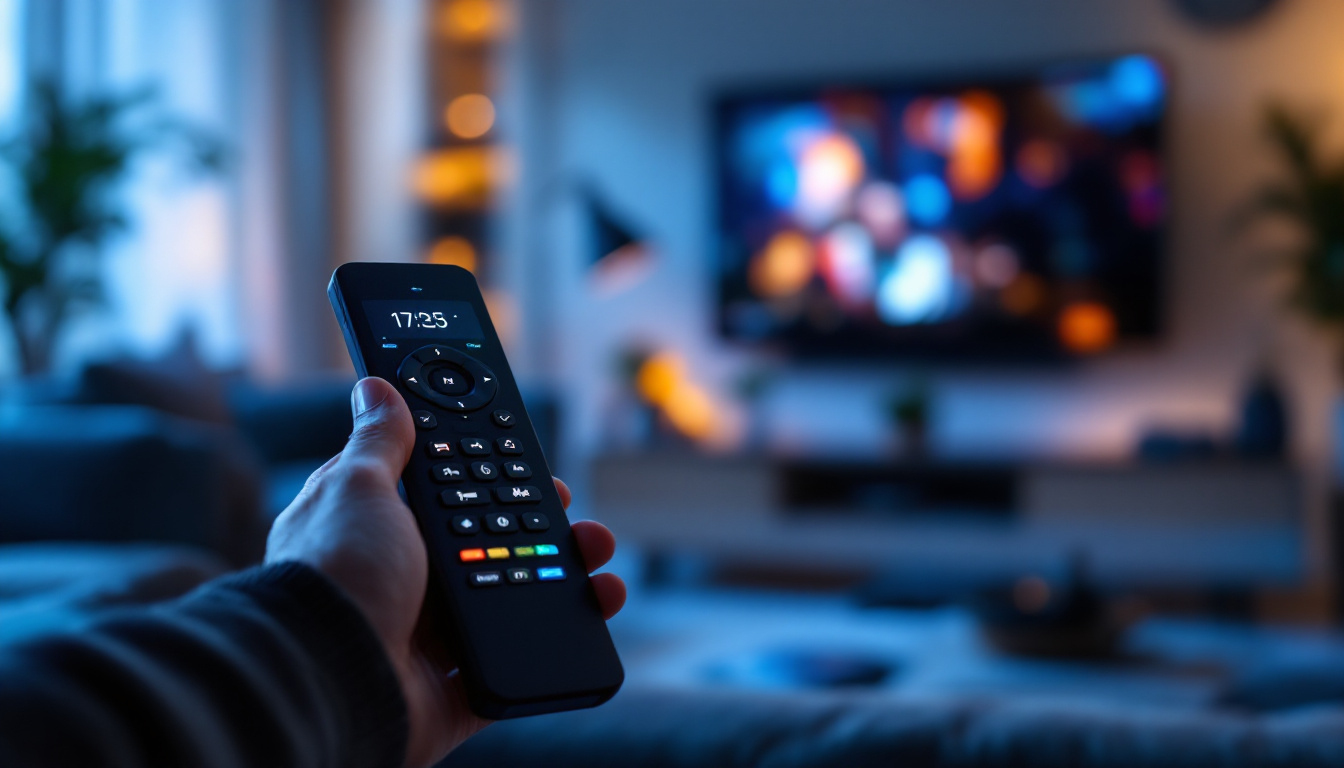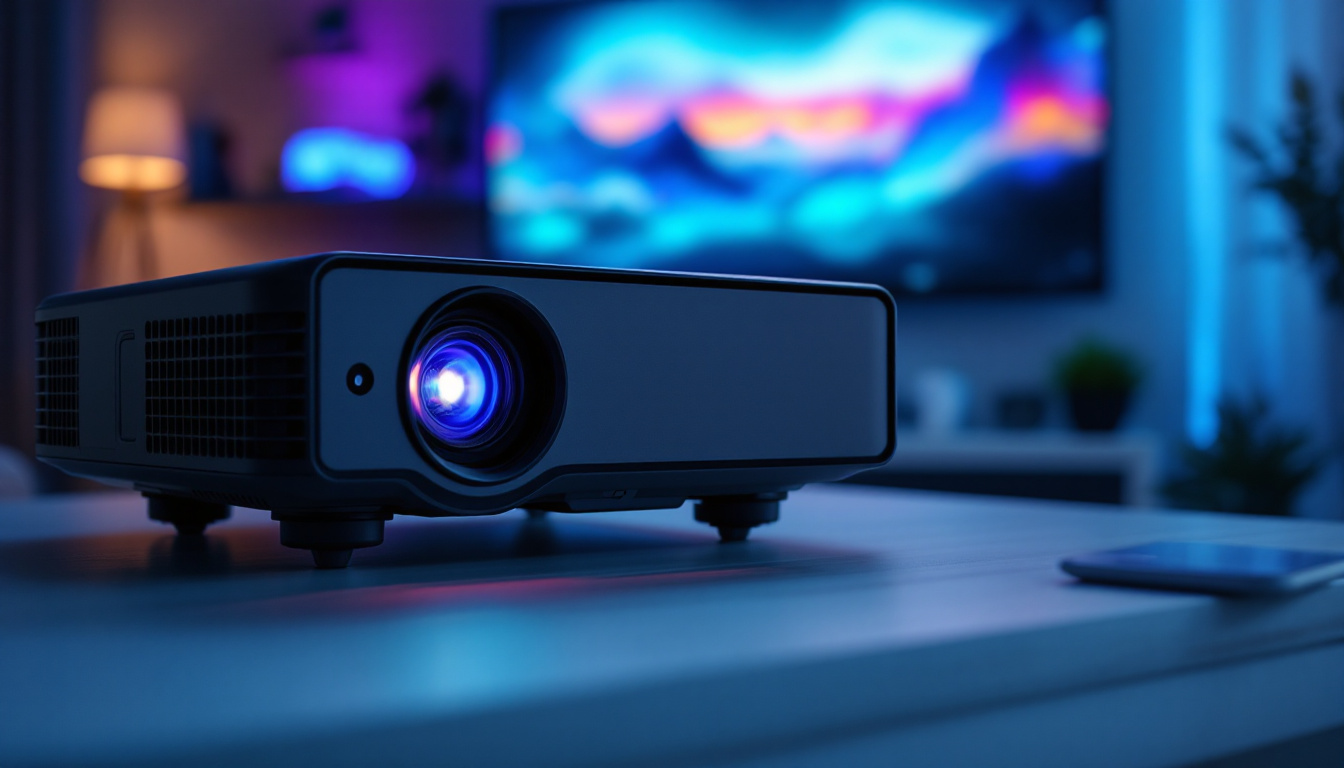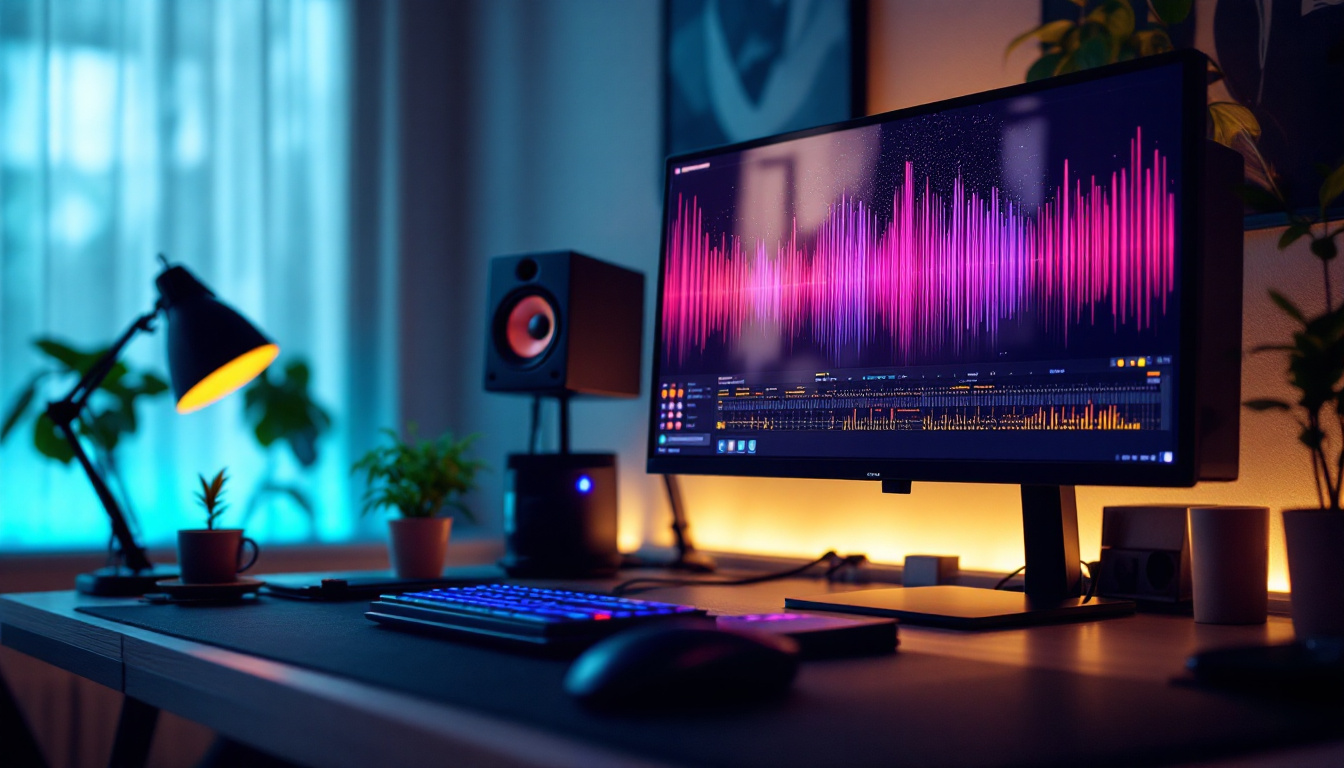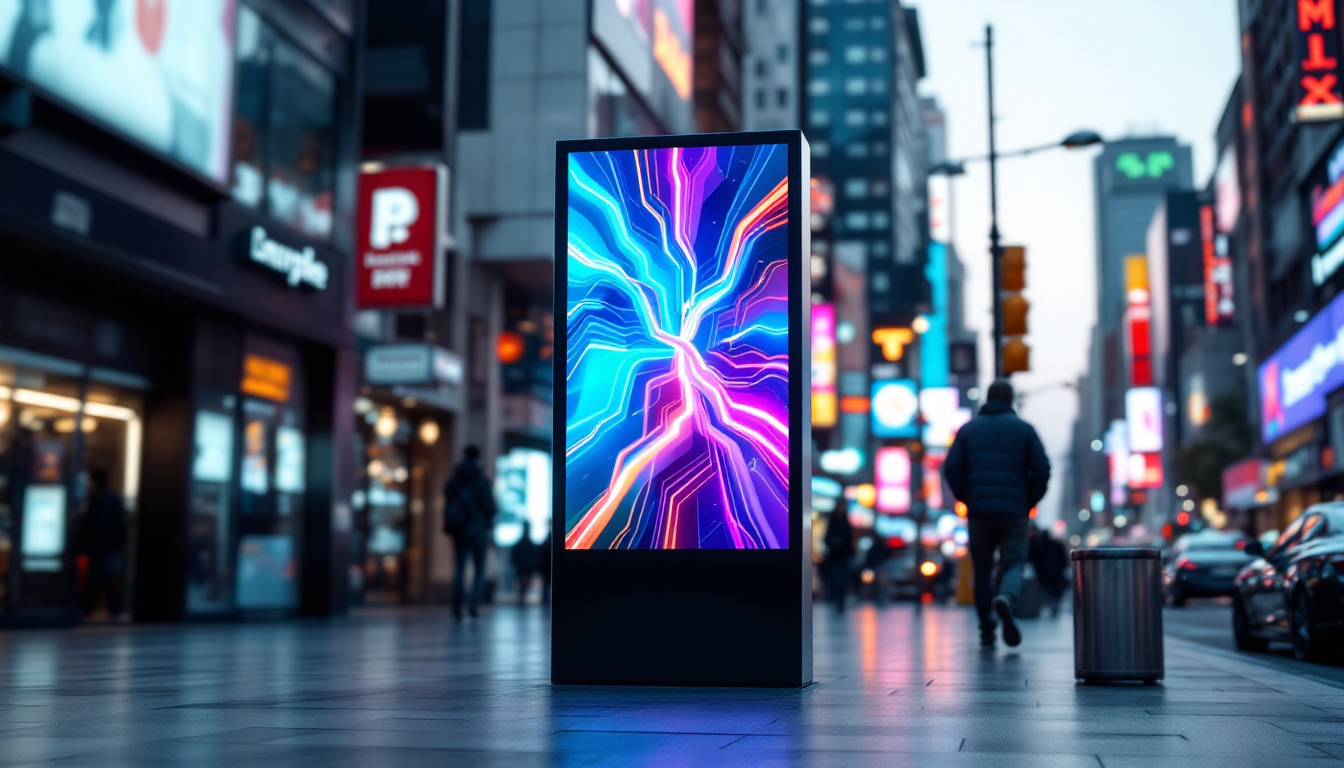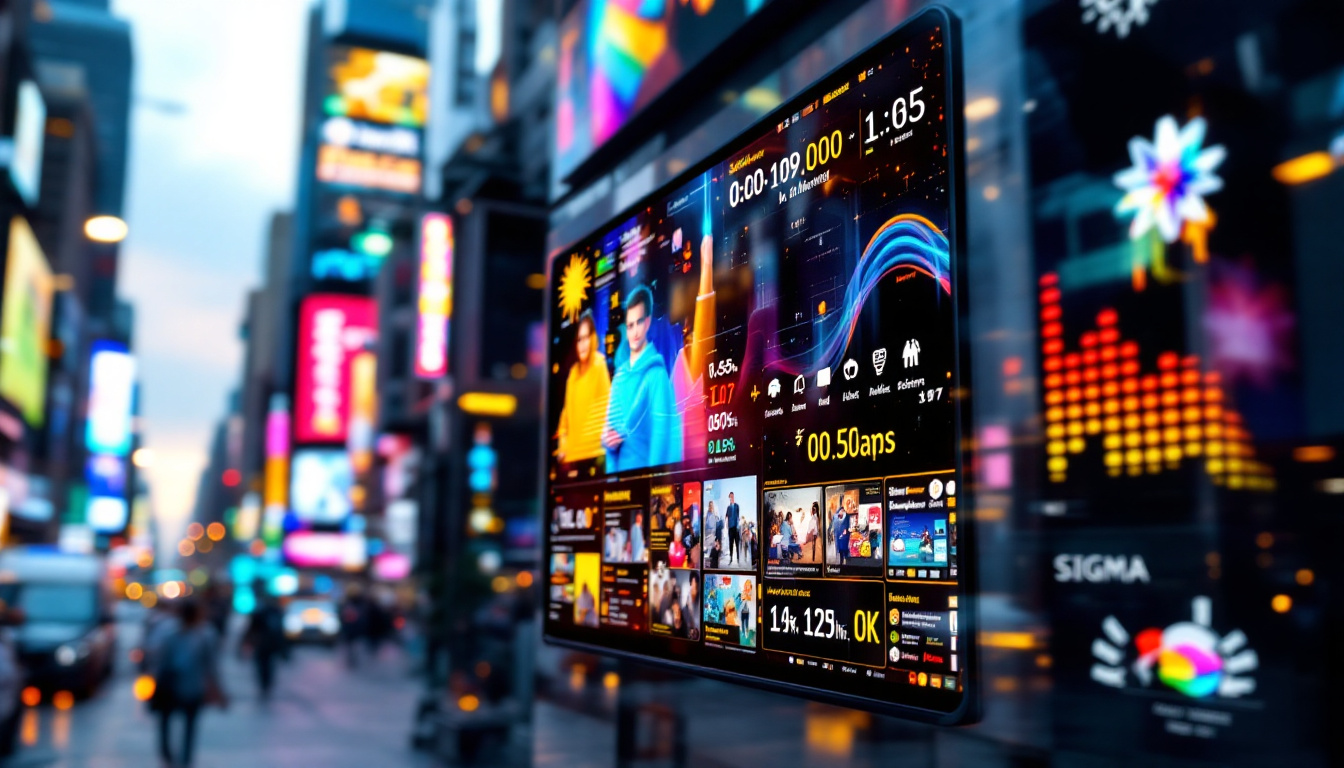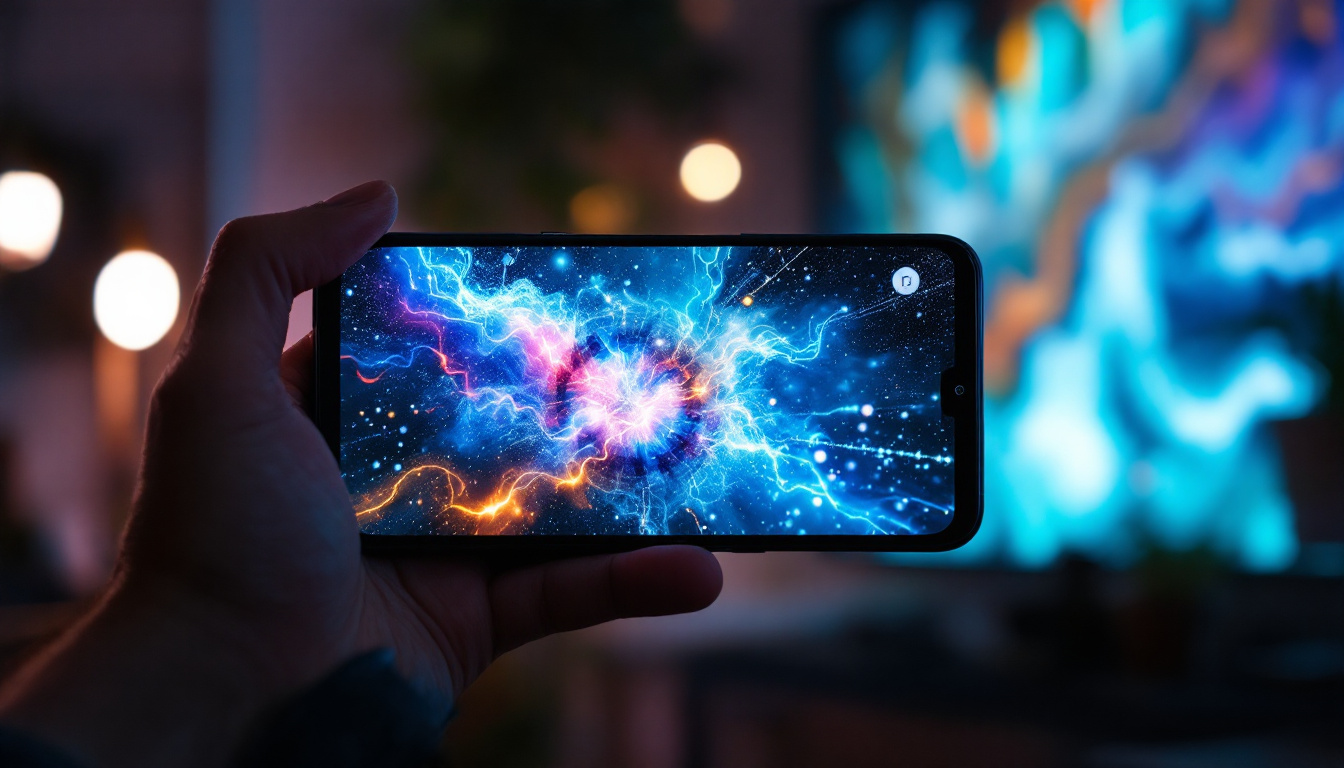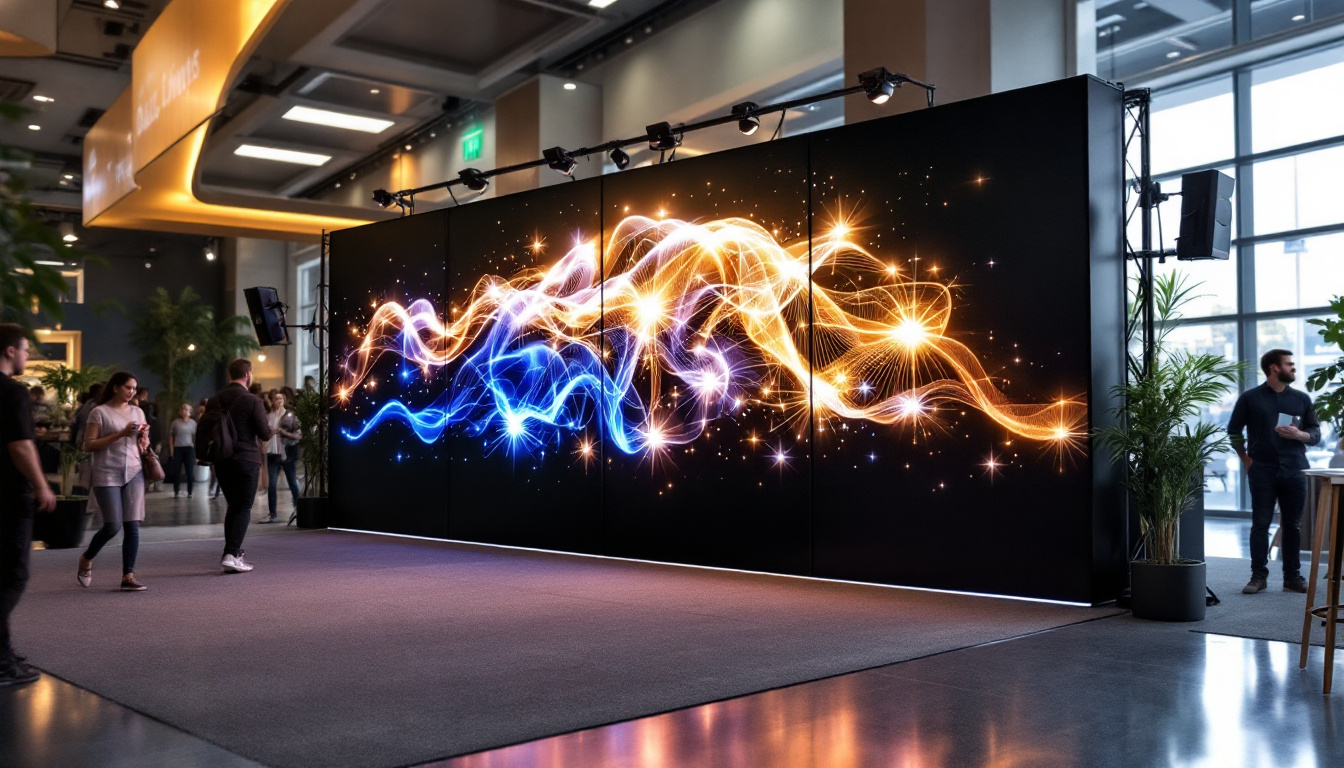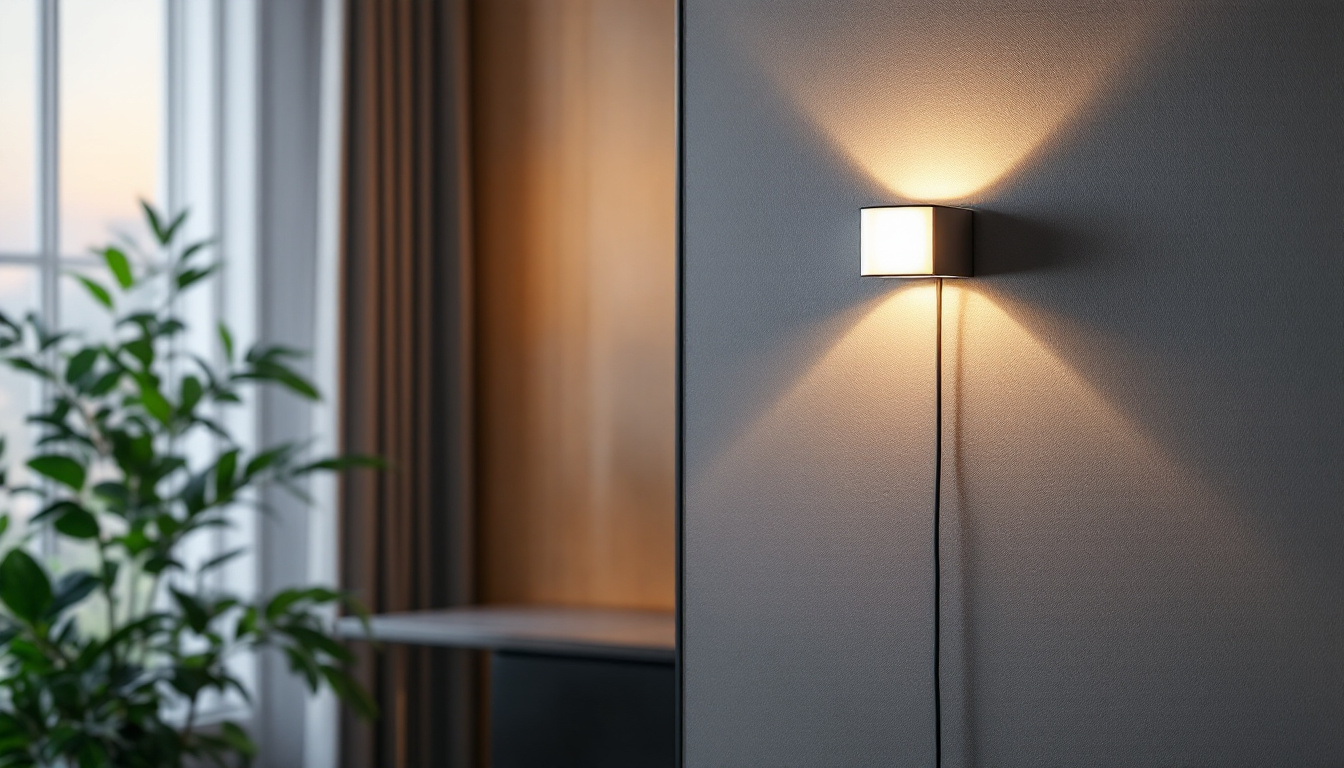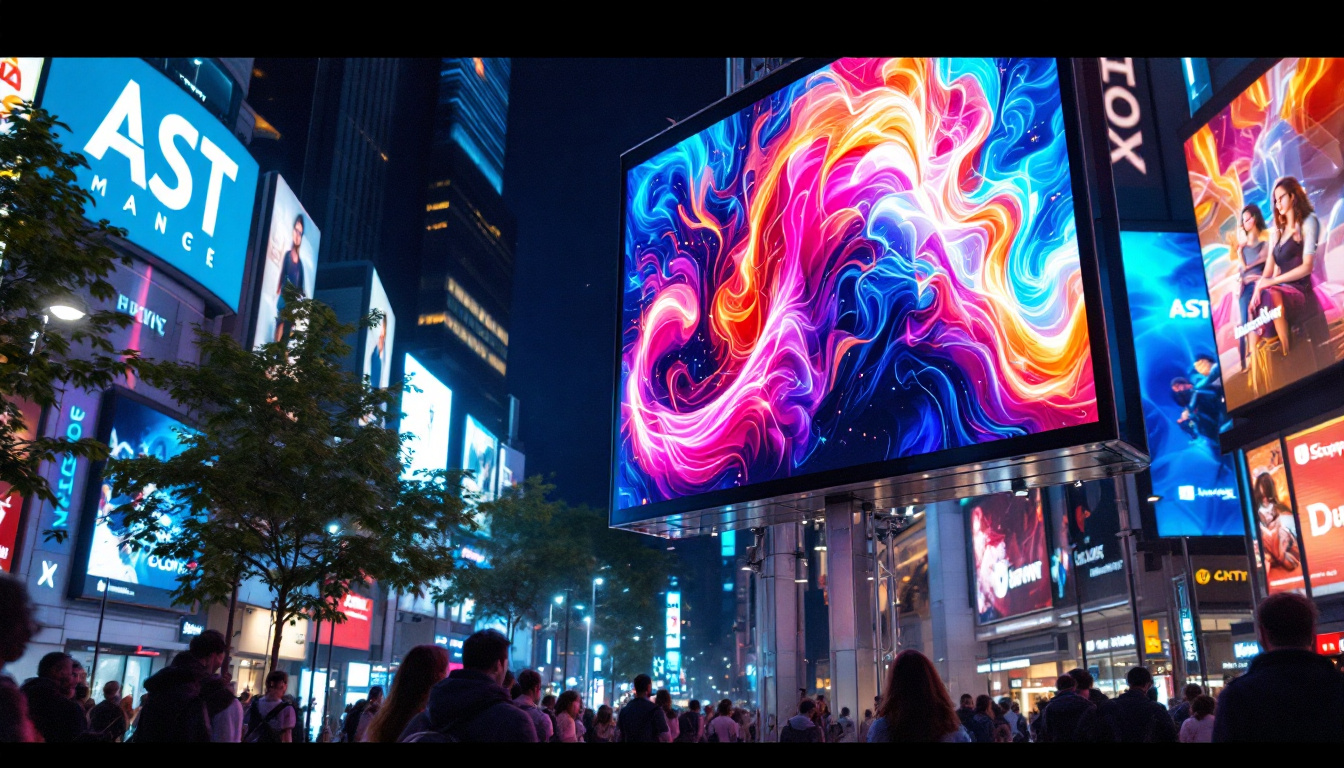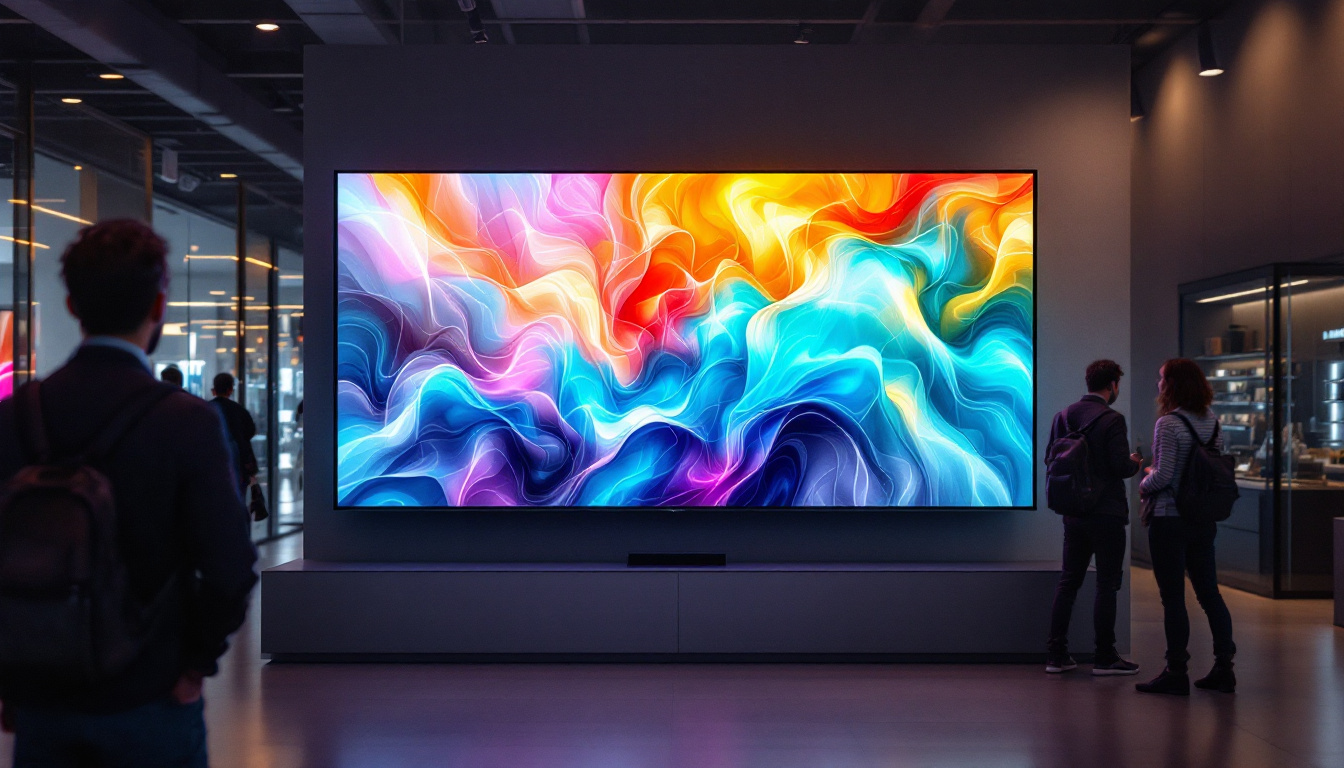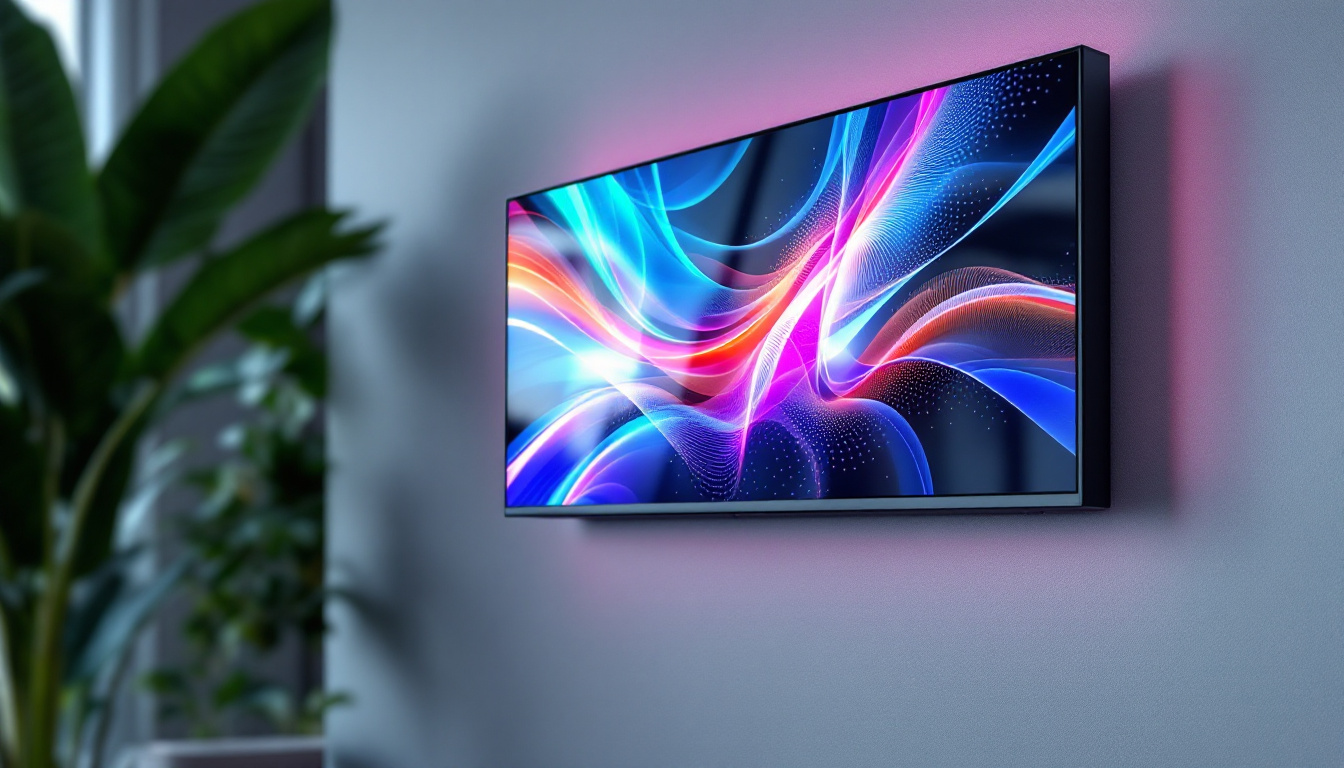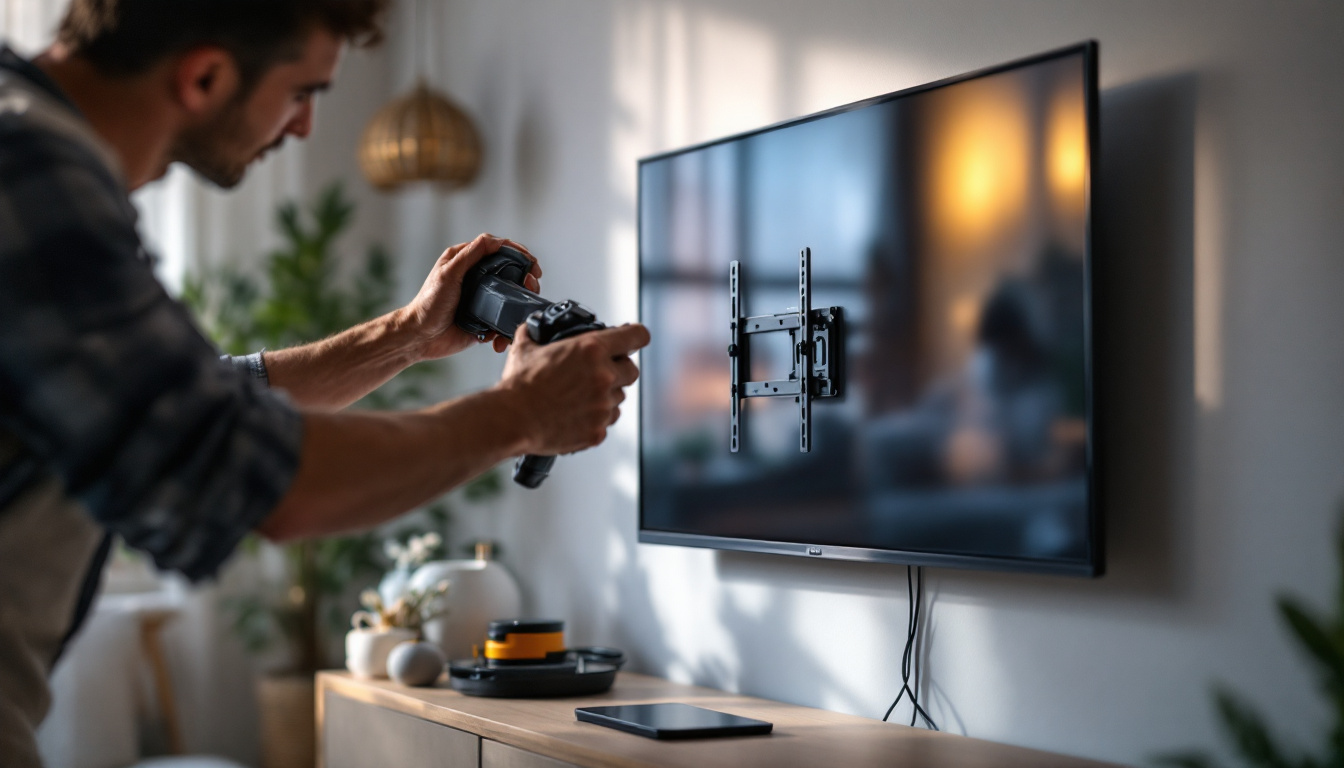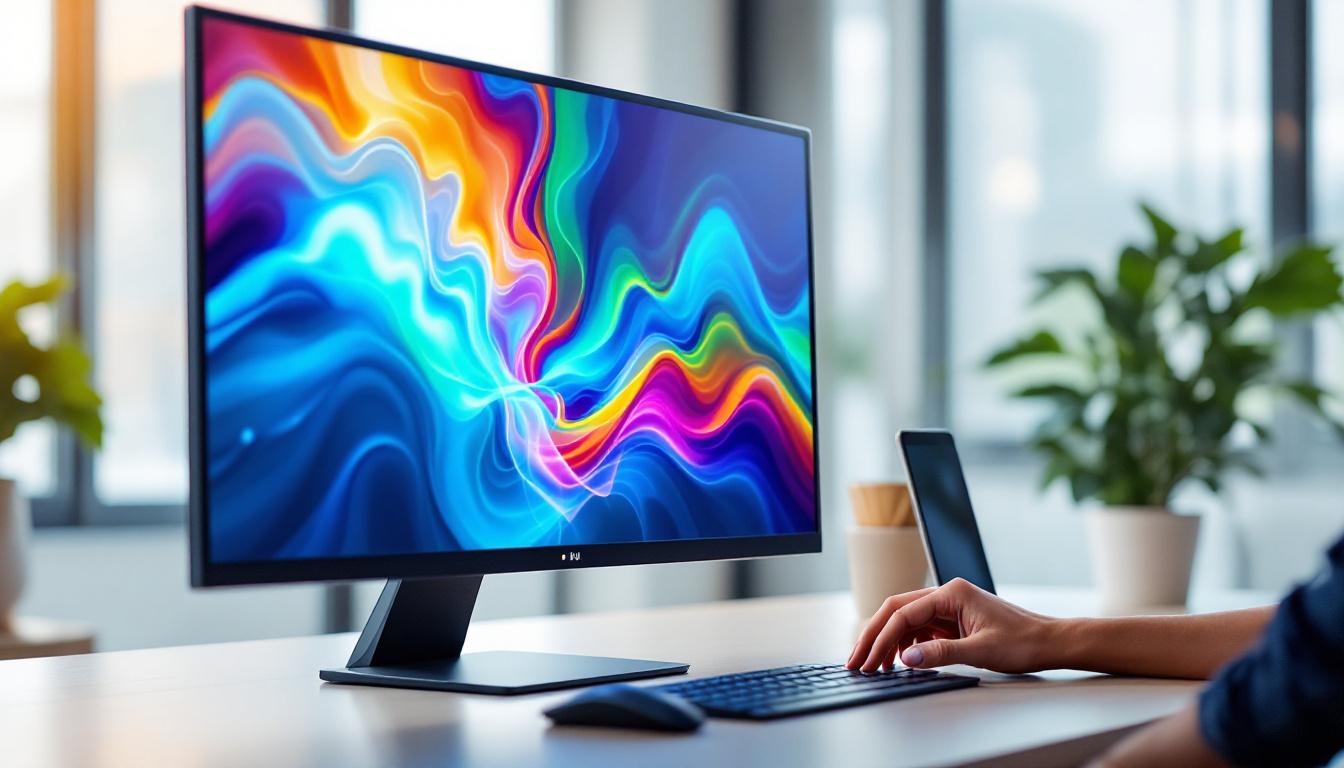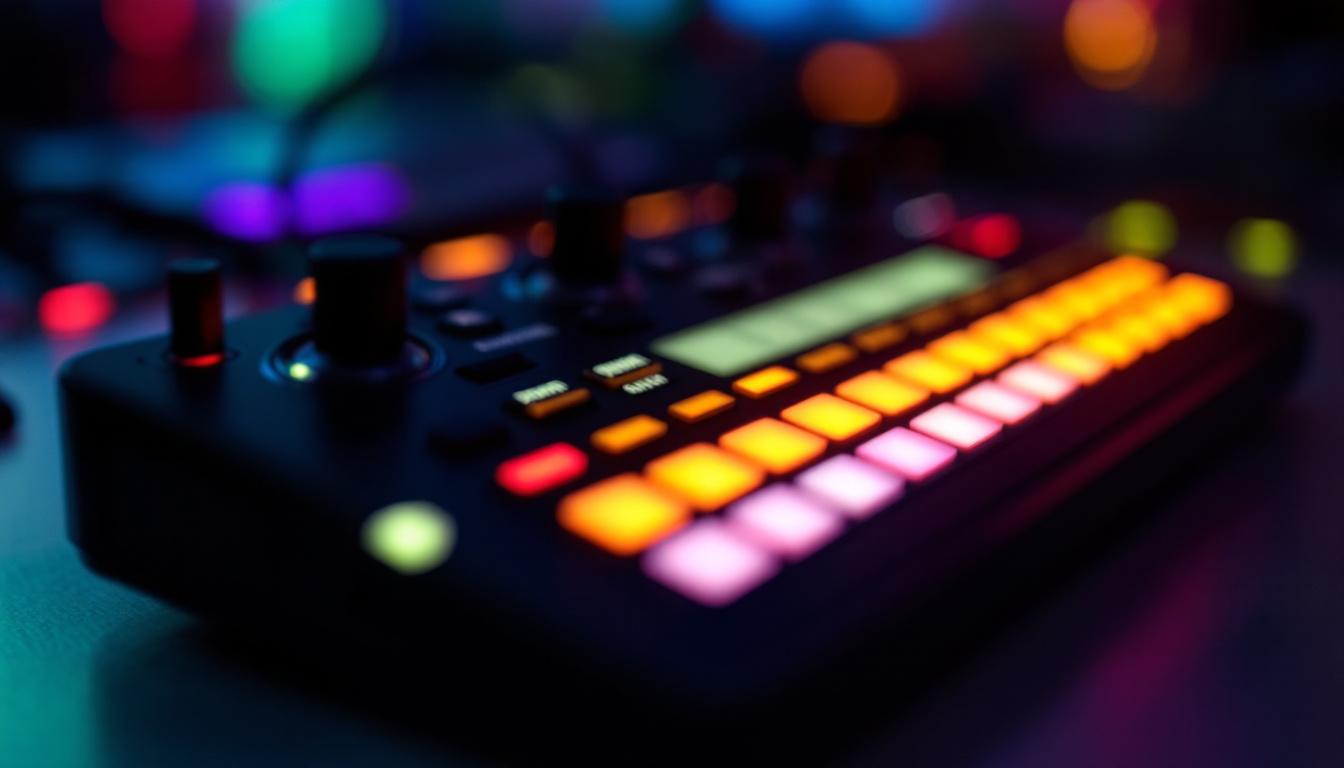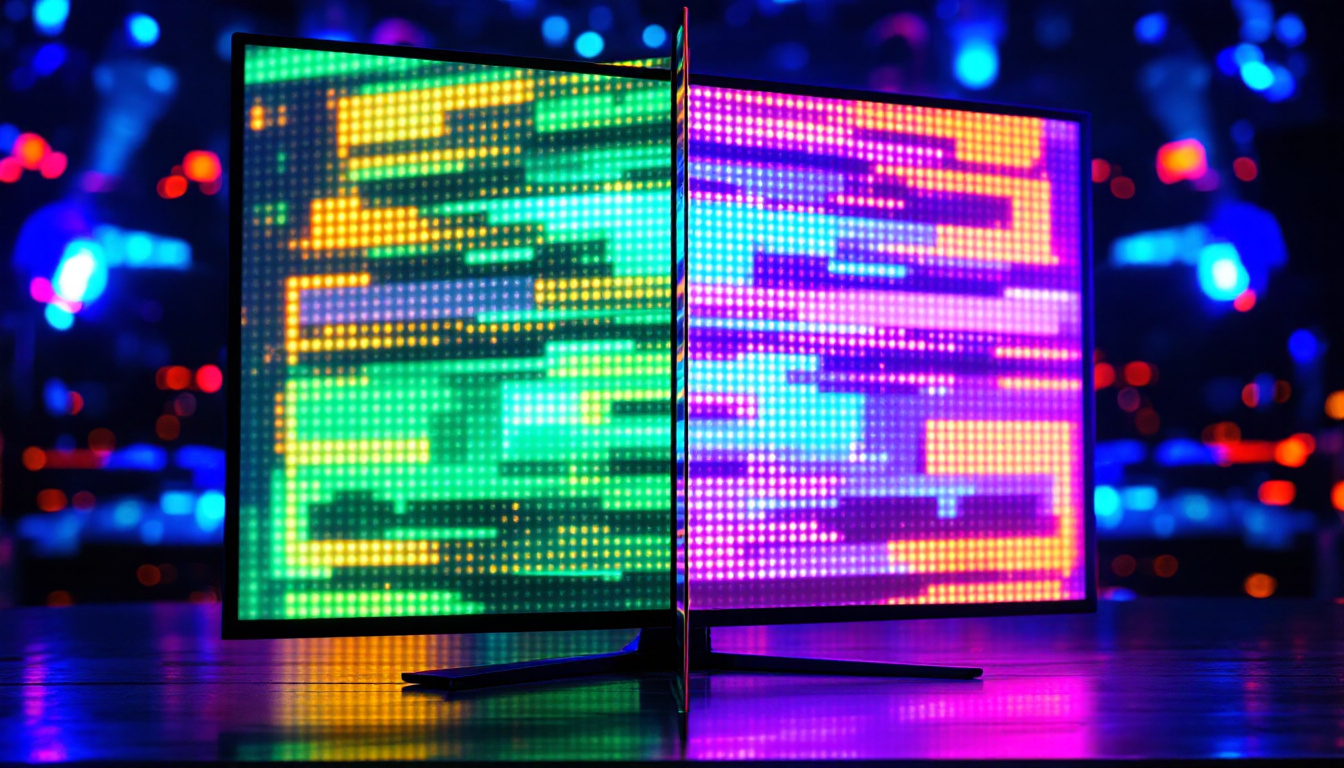Touch Screen TV Remote: LED Display Explained
In the ever-evolving landscape of home entertainment, touch screen TV remotes have emerged as a revolutionary tool that enhances user experience. These remotes not only simplify navigation but also add a layer of sophistication with their LED displays. This article delves into the intricacies of touch screen TV remotes, focusing particularly on the LED display technology that powers them.
Understanding Touch Screen Technology
Touch screen technology has transformed the way users interact with devices. Unlike traditional remotes, which rely on physical buttons, touch screen remotes offer a dynamic interface that can adapt to various functions and applications. This evolution in user interface design has made it easier for people of all ages to engage with technology, bridging the gap between complex functionalities and user-friendly experiences.
Types of Touch Screens
There are primarily two types of touch screen technologies used in devices: resistive and capacitive. Resistive touch screens respond to pressure, making them suitable for environments where users might wear gloves or use a stylus. Capacitive touch screens, on the other hand, detect the electrical properties of the human body, providing a more responsive and fluid user experience. This responsiveness is particularly beneficial in fast-paced environments where quick interactions are necessary, such as gaming or live streaming.
Capacitive screens are commonly found in modern touch screen TV remotes due to their sensitivity and ability to recognize multi-touch gestures. This allows users to swipe, pinch, and zoom, making navigation more intuitive. Additionally, advancements in technology have led to the development of hybrid screens that combine both resistive and capacitive features, offering versatility for specialized applications, such as in medical devices or industrial control panels.
Benefits of Touch Screen Remotes
The advantages of touch screen TV remotes extend beyond mere aesthetics. One of the most significant benefits is customization. Users can often personalize their remote interfaces, rearranging icons and functions based on their preferences. This level of customization can significantly enhance the user experience, making it easier to access frequently used features. Furthermore, the ability to create profiles for different family members can ensure that everyone has their preferred settings and shortcuts at their fingertips, fostering a more personalized viewing experience.
Moreover, touch screen remotes can display contextual information, such as current programming details, volume levels, and even recommendations based on viewing habits. This real-time feedback can streamline the entertainment experience, allowing users to focus on what they love most—watching their favorite shows. In addition, many modern remotes are equipped with voice recognition technology, enabling users to control their devices hands-free. This feature not only enhances convenience but also makes it accessible for individuals with mobility challenges, ensuring that everyone can enjoy the full range of entertainment options available at their disposal.
LED Display: A Closer Look
The LED display is a crucial component of touch screen TV remotes, providing visual feedback that enhances usability. Understanding how LED technology works can shed light on its advantages and applications in remote controls.
How LED Displays Work
LED stands for Light Emitting Diode, a semiconductor device that emits light when an electric current passes through it. LED displays are known for their brightness, energy efficiency, and longevity compared to traditional LCD screens. In the context of touch screen remotes, the LED display serves multiple purposes, from showing battery life to providing visual cues for touch interactions.
Typically, LED displays in remotes utilize a matrix of tiny light-emitting diodes that can be controlled individually. This allows for a wide range of colors and brightness levels, enabling the display to convey information effectively and attractively.
Advantages of LED Displays in Remotes
One of the primary advantages of LED displays is their energy efficiency. Unlike traditional displays that consume more power, LED technology uses significantly less energy, extending the battery life of the remote. This is particularly beneficial for touch screen remotes that rely on rechargeable batteries.
Additionally, LED displays offer superior visibility. The brightness and contrast of LED screens make them easy to read in various lighting conditions, whether in a dimly lit room or under bright sunlight. This ensures that users can quickly access information without straining their eyes.
Design Considerations for Touch Screen Remotes
The design of a touch screen TV remote is not just about aesthetics; it also involves functionality and user experience. Several factors come into play when designing an effective touch screen remote.
Ergonomics and Usability
Ergonomics is a critical aspect of remote design. A remote that fits comfortably in the hand allows for extended use without causing discomfort. The placement of the touch screen should also be intuitive, ensuring that users can easily navigate without looking down for extended periods.
Moreover, the tactile feedback provided by the remote can enhance usability. While touch screens are primarily visual, incorporating haptic feedback can help users confirm their actions without needing to look at the screen. This feature is particularly useful in dark environments where visibility is limited.
Durability and Maintenance
Durability is another essential consideration. Touch screen remotes are often subjected to drops and spills, so designing them to withstand everyday wear and tear is crucial. Materials used in the construction of the remote should be robust yet lightweight, ensuring longevity without compromising comfort.
Additionally, maintenance should be straightforward. Remotes that allow for easy cleaning and have protective coatings to resist smudges and fingerprints can significantly enhance the user experience.
Integration with Smart Home Systems
As smart home technology continues to gain traction, the integration of touch screen TV remotes with smart home systems has become increasingly common. This integration offers users a seamless experience across multiple devices.
Unified Control
One of the primary benefits of integrating touch screen remotes with smart home systems is unified control. Users can manage their TV, lighting, thermostat, and even security systems from a single device. This convenience simplifies the user experience, allowing for quick adjustments and settings without the need for multiple remotes or apps.
Moreover, many touch screen remotes now come equipped with voice control capabilities, enabling users to issue commands verbally. This hands-free functionality is particularly beneficial in busy households where multitasking is common.
Customization and Automation
Integration with smart home systems also allows for extensive customization and automation. Users can create personalized scenes that adjust multiple devices simultaneously. For instance, a “Movie Night” scene could dim the lights, adjust the thermostat, and turn on the TV, all with a single tap on the touch screen remote.
This level of automation not only enhances convenience but also creates a more immersive entertainment experience. Users can enjoy their favorite shows without being distracted by the need to adjust various settings manually.
Challenges and Limitations
Despite the numerous advantages of touch screen TV remotes, there are challenges and limitations that users should be aware of. Understanding these can help in making informed decisions when selecting a remote.
Learning Curve
One of the primary challenges associated with touch screen remotes is the learning curve. Users accustomed to traditional remotes may find the transition to a touch screen interface daunting. The lack of tactile buttons can make it difficult to navigate, especially for older adults or those with visual impairments.
To mitigate this issue, manufacturers often include tutorials or user guides to help users acclimate to the new interface. However, the effectiveness of these resources can vary, and some users may still struggle with the transition.
Battery Life Concerns
While LED displays are energy efficient, touch screen remotes can still consume significant power, especially when used frequently. Users may find themselves recharging their remotes more often than traditional ones, which can be inconvenient.
To address this concern, many manufacturers are exploring innovative battery technologies and energy-saving features, such as automatic sleep modes when the remote is not in use. These advancements aim to extend battery life and enhance user satisfaction.
Future Trends in Touch Screen Remote Technology
The future of touch screen TV remotes is promising, with several trends on the horizon that could further enhance user experience. As technology continues to advance, these trends are likely to shape the next generation of remotes.
Artificial Intelligence Integration
Artificial intelligence (AI) is poised to play a significant role in the evolution of touch screen remotes. AI-powered remotes could learn user preferences and habits over time, providing personalized recommendations and automating routine tasks.
For example, an AI-enabled remote could suggest shows based on viewing history or automatically adjust settings based on user behavior. This level of personalization could revolutionize the way users interact with their entertainment systems.
Enhanced Connectivity
With the rise of IoT (Internet of Things) devices, enhanced connectivity will likely become a standard feature in touch screen remotes. Future remotes may support a wider range of devices, allowing for even greater control over home entertainment and smart home systems.
This increased connectivity could also lead to improved interoperability between devices, making it easier for users to manage their entire home ecosystem from a single interface.
Conclusion
Touch screen TV remotes with LED displays represent a significant leap forward in user interface design and functionality. By combining the intuitive nature of touch screens with the visual advantages of LED technology, these remotes offer a modern solution to home entertainment control.
While challenges such as the learning curve and battery life remain, ongoing advancements in technology promise to address these issues and enhance the user experience even further. As the integration of AI and IoT continues to evolve, the future of touch screen remotes looks bright, paving the way for a more connected and convenient home entertainment experience.
In summary, understanding the intricacies of touch screen TV remotes and their LED displays not only informs purchasing decisions but also enhances the overall enjoyment of home entertainment systems. Embracing this technology can lead to a more personalized, efficient, and enjoyable viewing experience.
Explore the Future of Home Entertainment with LumenMatrix
Ready to elevate your viewing experience with the latest in LED display technology? LumenMatrix is at the forefront of innovation, offering a wide array of LED display solutions that bring your home entertainment to life. From the comfort of your touch screen TV remote, witness the transformative power of Indoor LED Walls, Outdoor Displays, and even Custom LED solutions that promise to revolutionize your visual experience. Don’t just watch TV—immerse yourself in it. Check out LumenMatrix LED Display Solutions today and step into the future of vibrant, dynamic home entertainment.

